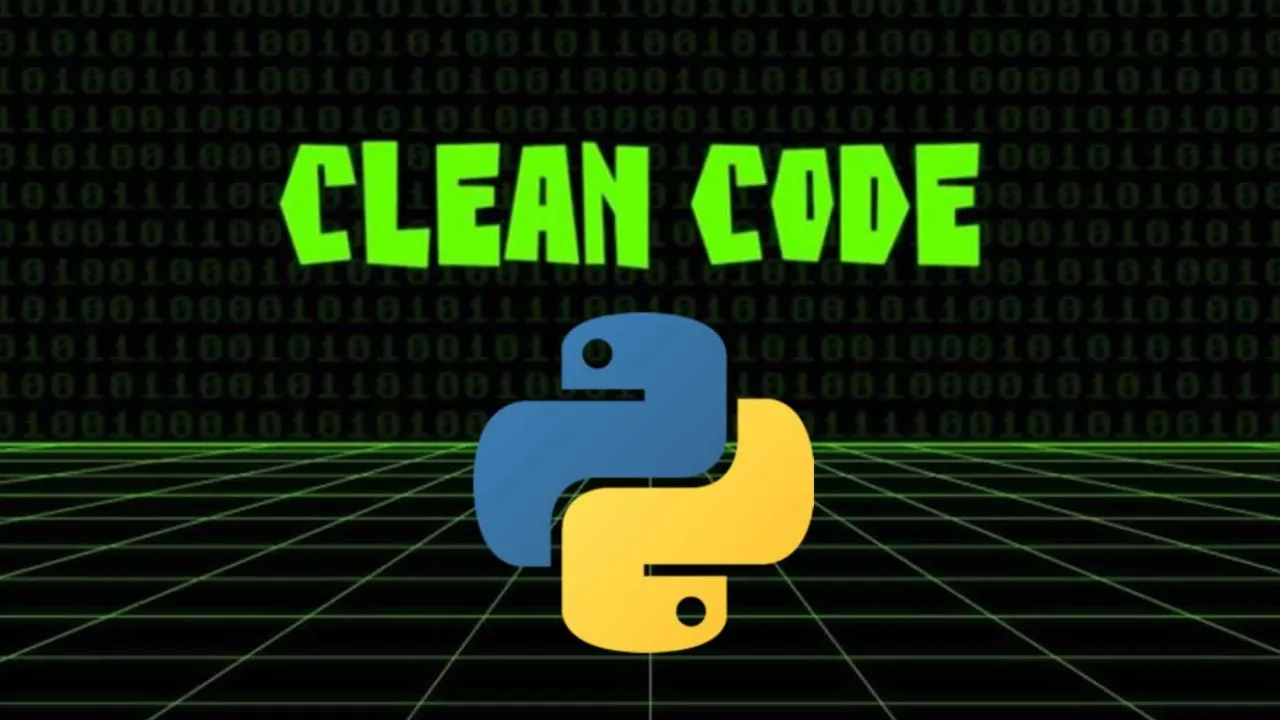Python is one of the most loved programming languages today. Shockingly, Python has overtaken Java in the list of top programming languages and is now the most studied language! It is the second most used language after JavaScript and is slowly beating the competition to be on the top. It is used extensively across various domains like web development through popular frameworks like Django and Flask, web scraping, automation, system administration, DevOps, testing, network programming, data analysis, data science, machine learning, and artificial intelligence. In fact, the first language which comes to someone’s mind when talking about data-related technologies is Python!
Along with being a heavily used language by beginners due to its ease of learning, it has huge community support and extensive documentation. But a lot of people when switching from other languages like Java, C, C++, JavaScript etcetera, find it a little difficult to follow along with the best practices that should be adopted to write clean code in Python. Clean code is easier to read and understand, debug, and elegant. So today we will be discussing all of them in detail, therefore you will get a better idea of them. So let’s get started!
#gblog #python #best practices to write clean python code #clean python code #best
